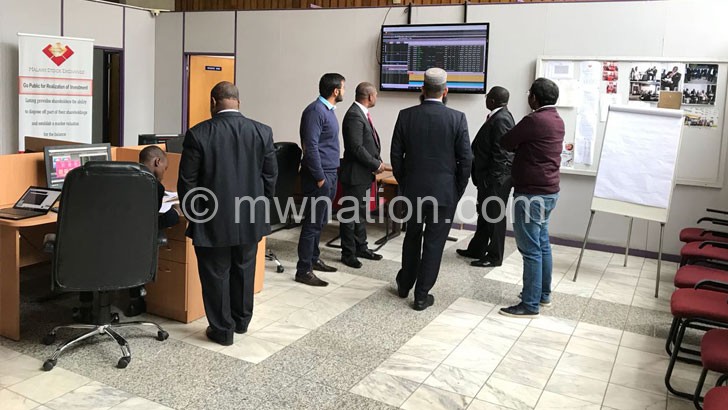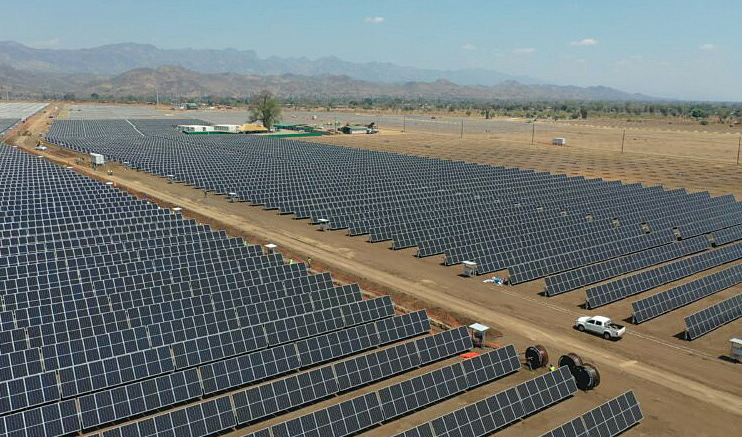Cotton output, ginners shrink
Developments in the cotton sector do not seem to inspire confidence in terms of growth as both cotton ginners and output continue to decline by the day with just two this season from eight in 2016.
According to the first round crop estimates, at about 15 000 metric tonnes (MT), cotton output this year is 30 percent less than the previous year’s production and below the country’s ginning capacity of 600 000 MT.
In an interview on Tuesday, Cotton Council of Malawi chairperson Duncan Warren said while awarding cotton buying licences largely depends on the financial capacity of the ginners, cotton output has dropped in recent years as farmers transitioned from open pollinated varieties to genetically modified BT cotton.
He said: “At the moment, we only have two buyers [ginners] and cotton is not yet ready for the market.

“Following the adoption of BT cotton, we have been trying to address access to seed as most farmers were failing to afford the seeds due to their high costs, which affected production. Climate change in most cotton-growing areas has also affected production.”
Chikwawa district cotton officer Francis Masitila said in an interview on Tuesday that due to high cost of production, a lot of farmers have switched to growing sesame.
He said: “Due to scarcity of seeds, other farmers recycled their crops which is not allowed because seed was expensive. A farmer needed at least K130 000 from seeds while pesticides were fetching about K1 500 from K500 per bottle.
“Again, despite the rising inflation and devaluation, prices stagnated at K500 per kilogramme (kg) as with few buyers, there is always less competition.”
Cotton Farmers Association president Dickson Gundani, whose association operates in 15 cotton-growing districts, said on Tuesday that it has not been an easy ride this season because of rising cost of production.
Despite the high potential of the cotton sector, it is currently operating at sub-optimal levels, with low cotton production levels.
The Malawi Cotton Development Strategy for the period 2019 to 2024, aspires to increase cotton output to 600 000MT and productivity to 2 000 kg per hectare by 2024, recognises that development of the sector is an opportunity to diversify the agriculture investment portfolio and increase production of higher value-added products in agro-processing and manufacturing such as cotton oil and textiles as well as garments.
The strategy seeks to have total expenditure on cotton development at K49 billion within the five year operational period, with the implementation cost expected to be met by cotton stakeholders such as government, non-governmental organisations, ginners, seed suppliers, donor partners, financial institutions, seed crushers and farmer organisations.
In the past two fiscal years, 2019/20 and 2020/21, government allocated an estimated K2.7 billion to the Cotton Council of Malawi.
Based on Treasury figures, it means that in the four years from 2019/20, Treasury would have spent K3.5 billion.
In an interview on Tuesday, agriculture expert Felix Lombe observed that despite the investments in the sector, delays to institute proper input supply systems, closure of Agricultural Development and Marketing Corporation as a buyer of last resort and the Covid-19 pandemic have contributed to the poor performance.
“Government took a good step to push for BT cotton innovation despite being expensive,” he said.
Cotton ranks among top four foreign exchange earners and contributes about one percent to gross domestic product.





